Due to tropical cyclone Donna which tracked down from the Solomon Islands past New Caledonia, we departed Cairns a week later than planned, on the 9th May 2017. This proved to be fortuitous, as a prolonged South Easterly weather pattern set in, providing a good weather window to sail to the Louisiade Archipelago.
Australian Border Force, previously known as Australian Customs, met us at the Marlin Marina to complete the departure documentation. While we filled our water tanks, Hans and Sarah on “Seagoon” set sail at 10am. We followed an hour later and caught up with their 38 footer in the Grafton Passage. A 15-18 knot S-E took us past Euston Reef to the edge of the continental shelf. A drop of 2,400m over the distance of a mile.
At 3am we passed Bougainville Reef about 15nm to Port and with one reef tucked into the main, we were sailing at 9-10 knots in a sea of about 2m swells. We were surprised at Esprit’s performance considering her foul bottom and more than a tonne of additional diesel, petrol and solar panel gear and cabling. The 3 months we were anchored on the river in Cairns, saw the growth of barnacles, slime and sediment on the hull.
By way of explanation: The river in Cairns is really like a Petrie dish of industrial contaminants and raw sewerage. In NSW there are strict rules requiring holding tanks for boat toilets which can only be discharged 5 miles out to sea or at pump out facility. In North QLD, most boaties don’t know what a holding tank is and there are a lot of boats anchored on Cairns river. Cairns don’t separate waste – everything goes to landfill!
Our first 24 hour run at 11am on day 1 was 170nm. Pleasant sailing throughout day 2, but by 5pm we had to tuck a reef into the main as we were going at 10-12 knots over a flat sea. By midnight, in 25-30 knots, we tucked in a second reef and furled the jib. Esprit was still doing 7-8 knots, with 3-4 m swells occasionally breaking over the stern. This was the strongest wind on the passage and provided some exhilarating sailing.
The wind dropped by early morning and we unfurled the jib and shook out the reefs at 6am. Our 24 hour run at 11am on day 2 was 165nm. Day 3 was uneventful with winds varying between 16-18 knots and the sea between flat, sloppy and the occasional 2 m swells. We anchored off Pana Bobai Ana island in the Duchateau group at 11:45am on day 3, after a 175nm run, completing the 510nm passage in 3 days and 45 minutes.
About the passage: The Coral sea has an abundance of flying fish – each morning we found dead flying fish on the deck and in the cockpit. These iridescent blue fish are the staple diet of the Masked Booby seabirds you find far out to sea. Esprit’s bow wave would cause schools of flying fish to take off and fly, skimming 30-50 m across the water. The graceful Booby seabirds provided non-stop entertainment, by hovering above the mast, then swoop down, weave and skim across the water for their daily catch. Jet pilots of the Coral sea!
The Duchateau group of islands is located about 20nm East of the Southern entrance to the Jomard passage, between the Louisiades and mainland Papua New Guinea. On our approach to Jomard passage, we picked up on our AIS, at least 7 cargo vessels and tankers around us. The strategic position of the Jomard passage resulted in the battle of the Coral Sea, 75 years ago in 1942, when ships of the Australian and American navies engaged with the Japanese fleet, to stop their Southbound progress to Port Moresby and Darwin.
The battle resulted in the Japanese retreating North. About a week before we sailed past, the battle of the Coral sea was remembered in New York, when Malcolm Turnbull and Donald Trump, with the 5 surviving sailors of this battle, attended a 75th year remembrance dinner for this event.
Some more boring background by courtesy of the Friends of the Louisiades (connecting Yachties and other Dim Dims to the Louisiades): The islands were discovered by the Spanish expedition of Luis de Torres in 1606, sailing from South America to explore the oceans to the West. It is possible that Malay and Chinese sailors also visited earlier. In 1768, Louis Antoine de Bougainville visited the islands and named them for Louis the fifteenth, the king of France. Visits were also paid by admiral Bruni d’Entrecasteaux in 1793 and captain Owen Stanley in 1849.
Annie and I celebrated our arrival with a few cold beers, a swim, hot showers and for me, a shave. We slept like the proverbial logs that evening. The following morning dawned bright and sunny, allowing us to tidy up and clean Esprit, which was covered in salt. In the afternoon we went ashore to meet the Beche-de-Mer fishermen camping on the island. We traded three crayfish for a kilo of sugar and a kilo of rice – costing $2.
This island doesn’t have permanent inhabitants, but during the 3-month season for harvesting these sea cucumbers, two or three families from a neighbouring island set up temporary accommodation on this island, to harvest their catch. The sea cucumbers are sedentary detritus feeders. The Chinese, in the past, for some reason decided that they could make one virile if taken in soup. A thriving export industry to China exists for “beche-de-mer”, so called by the French, to satisfy the Chinese obsession for all things stimulating virility. Hopefully, the Beche-de-Mer will reduce the pressure on the Rhino population of Africa.
Hans and Sarah arrived in Seagoon later that afternoon and after settling down, we had them over for a crayfish dinner. They had their turn for a good night’s sleep and after a relaxed breakfast, we did a 90-minute walk around the island. Later, six fishermen arrived by open dinghy from Misima, where they had gone to trade a load of Beche-de-Mer with the export agents. John, their leader told us that the market is flooded with product and consequently, prices are not as good as usual. Evidently, they made enough money to have a raucous party that evening, with the five people who stayed behind on the island.
On the 15th May 2017, we celebrated our first anniversary as self-funded retirees since we sailed out of Sydney. We have seen a lot of the world in this time and plan to see a lot more in the next couple of years. We struck a bargain with regard Esprit’s dirty bottom when two of the sea cucumber divers, Bob and John, offered to scrub the hull, keel and rudder below the water line. This was done in an hour flat for the princely sum of a kilo of rice, a kilo of sugar, an old pair of sandals and an old pair of flippers. They were delighted.
The following day we sailed to Moturina island, 16nm to the North and the most Westerly island in the Calvados chain. We caught two reasonable sized tuna mackerel on the way and gave these to the islanders on Moturina, in exchange for some lemons, paw-paws and coconuts.
The solar project started the following day when two solar panels with a regulator and 12V battery, with LED lights in five houses were installed. The locals were very pleased with these lights which comes on between 6 and 12pm.
Hans took Sarah to Misima the following day to catch a plane to Bali. Whilst they were gone, we were given a tour of the village by Isaac, the treasurer of the school. The school has 200 pupils in the elementary and secondary sections. The teachers are seconded from Milne Bay on the mainland. The school also has boarding for children from nearby islands like Bagaman. We visited the clinic where Daisy the nurse bemoaned the shortage of medicines from the mainland, particularly for the malaria season coming up. We walked with Isaac to another village to the East, to ask them to find poles to mount the solar panels on and to dispatch young men to carry the gear, which will be installed in 8 houses on the Monday.
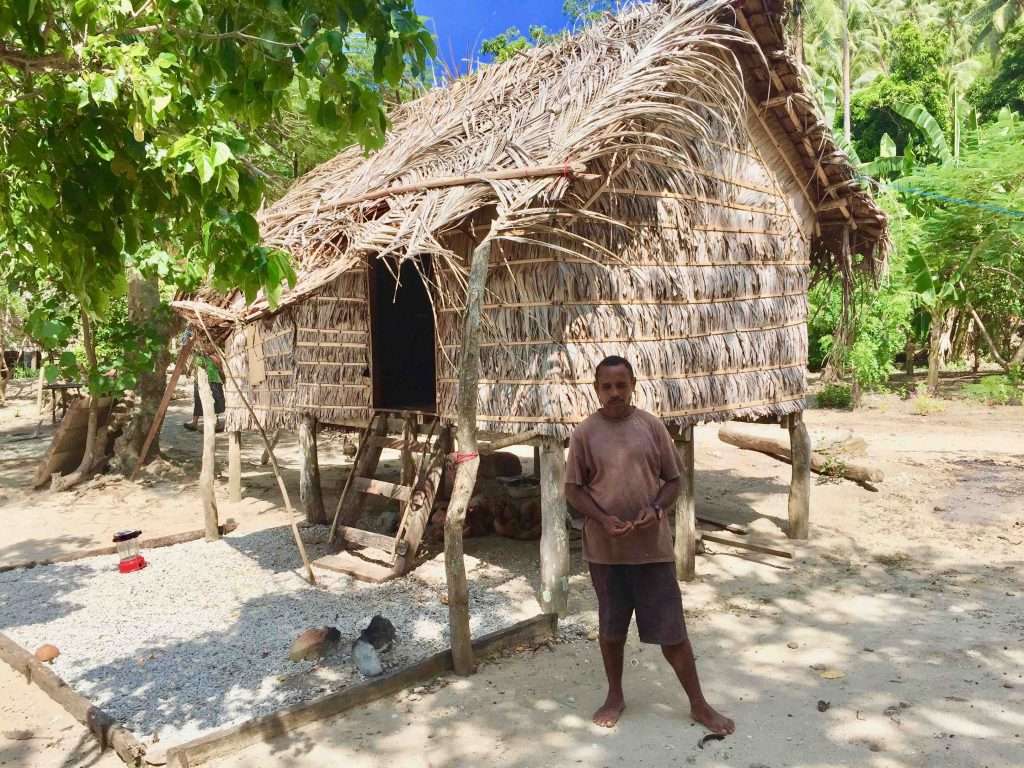 Canoe builder outside his house with pebble garden. He must be doing well – one of the few people with a watch.
Canoe builder outside his house with pebble garden. He must be doing well – one of the few people with a watch.After Moturina, we set sail to take advantage of the prevailing Southerly to make Easting as far as possible.

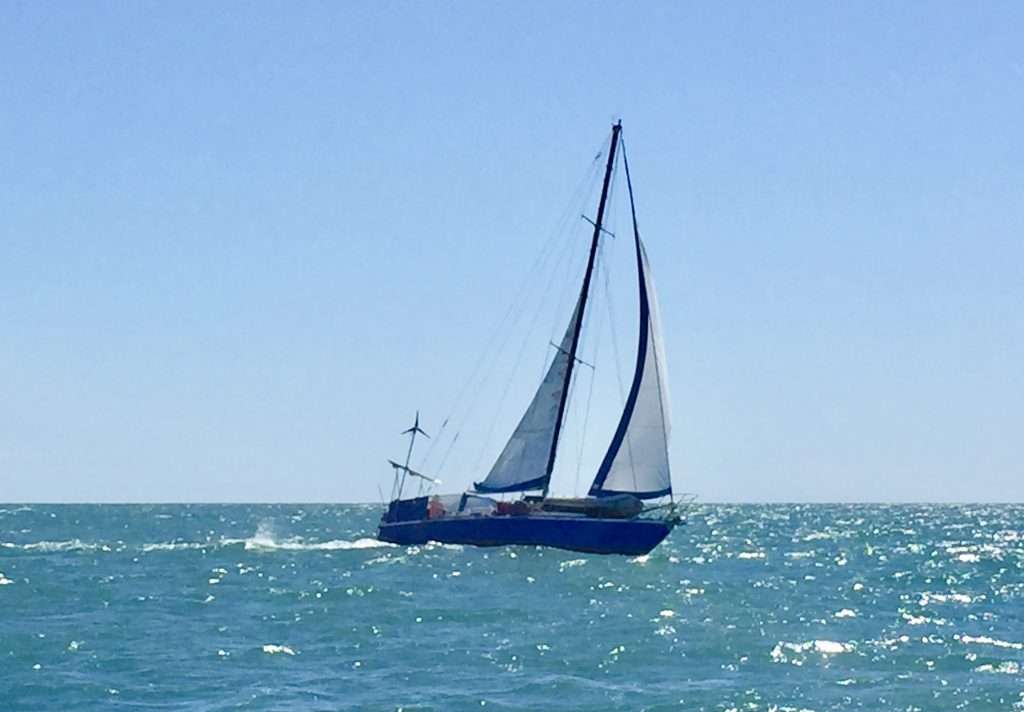
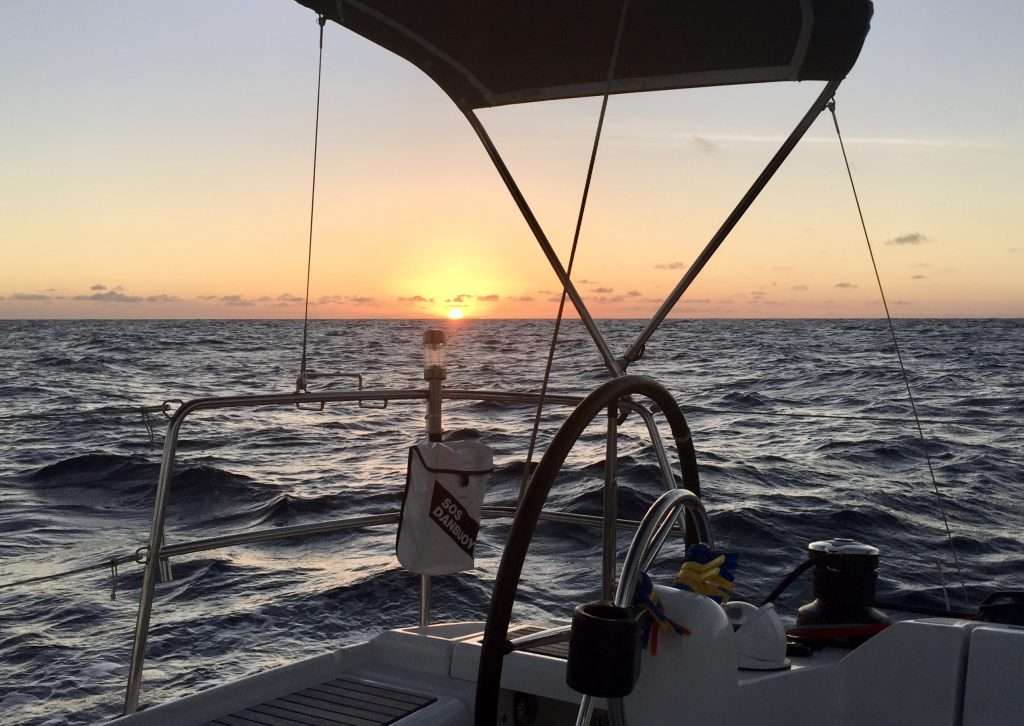
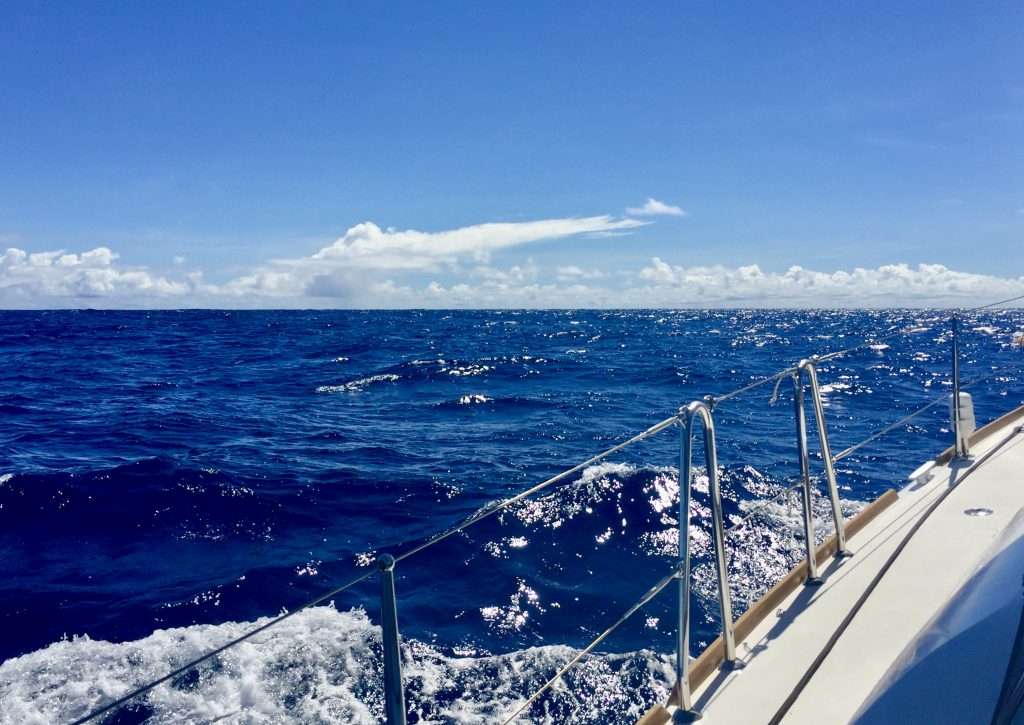
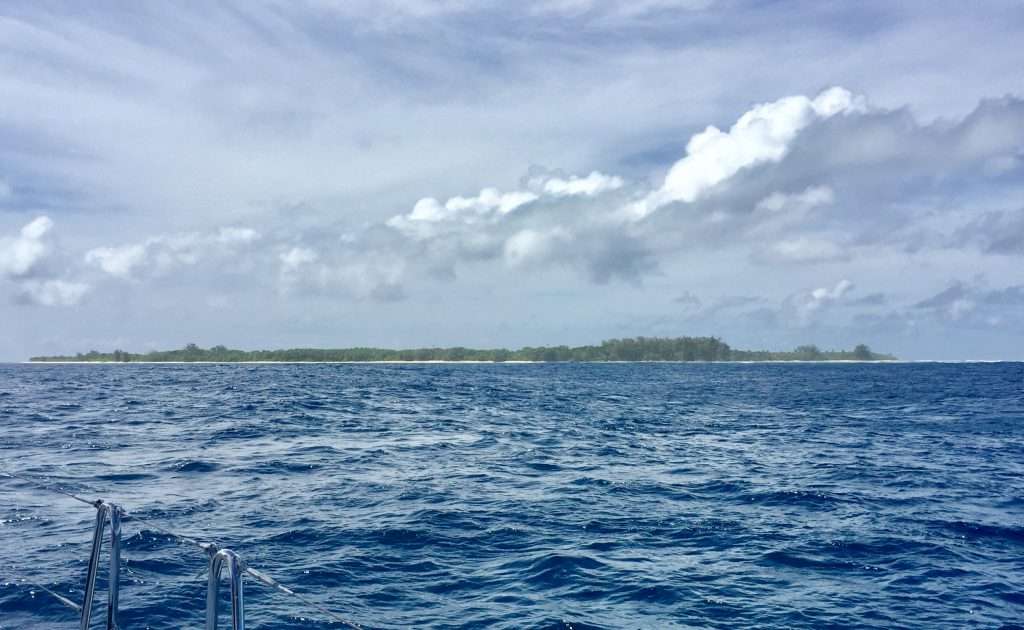
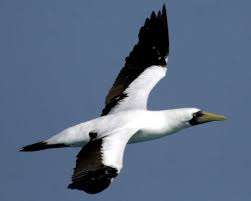
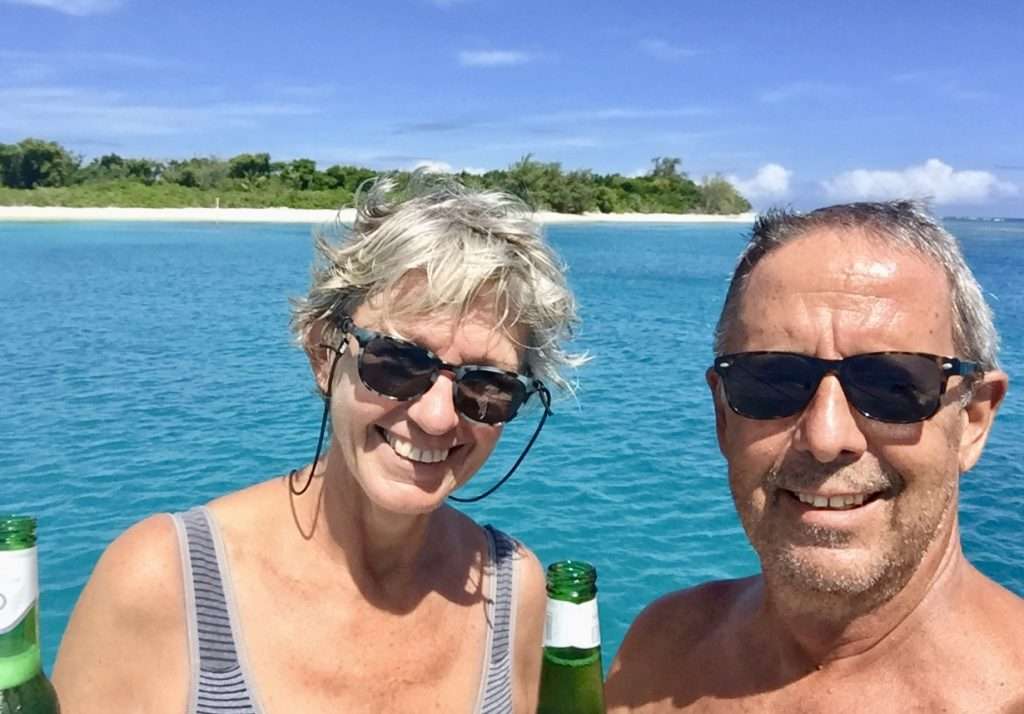
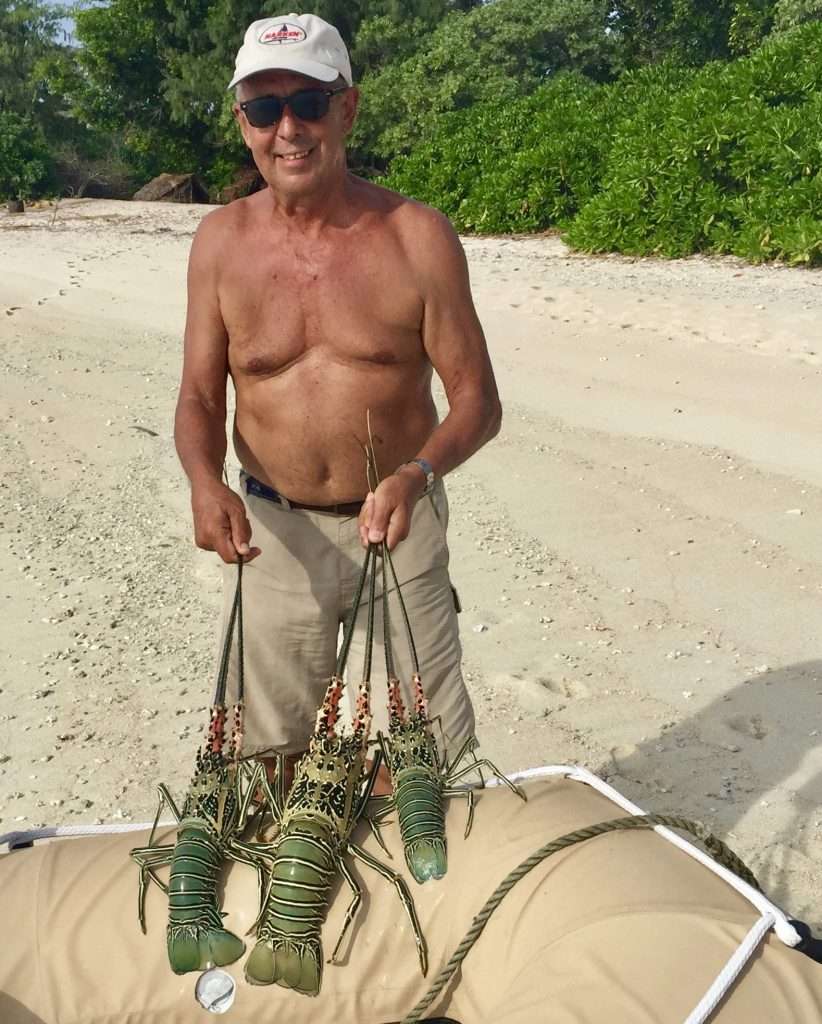
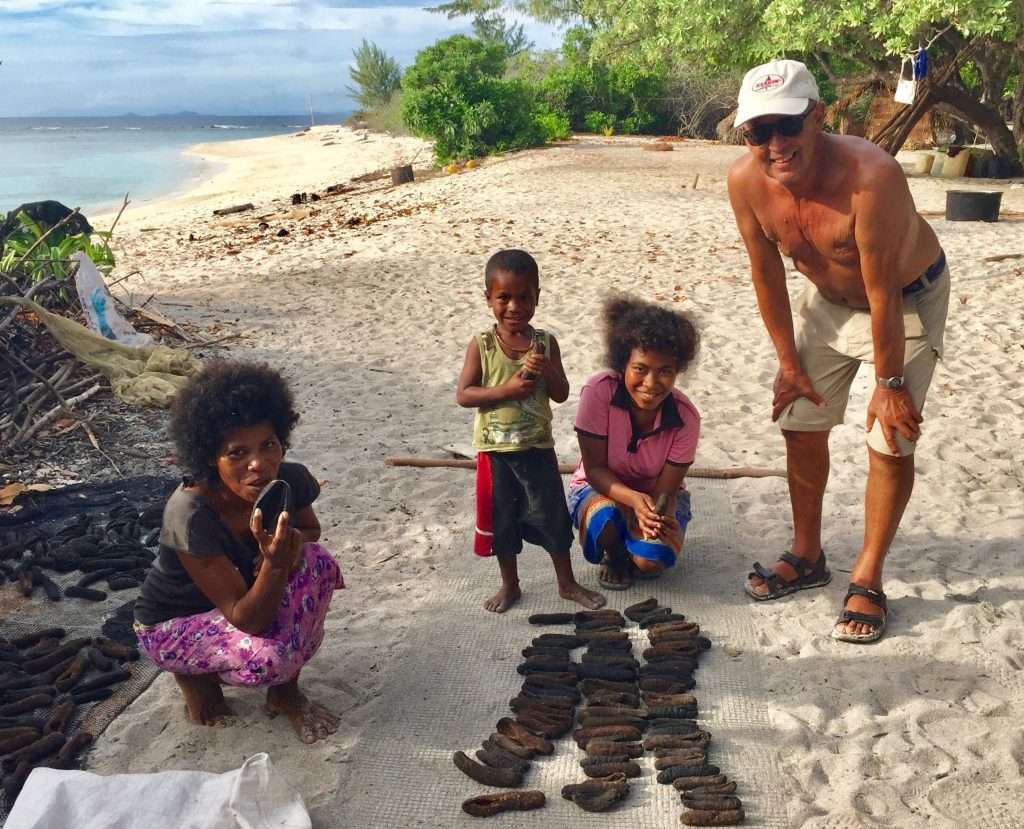
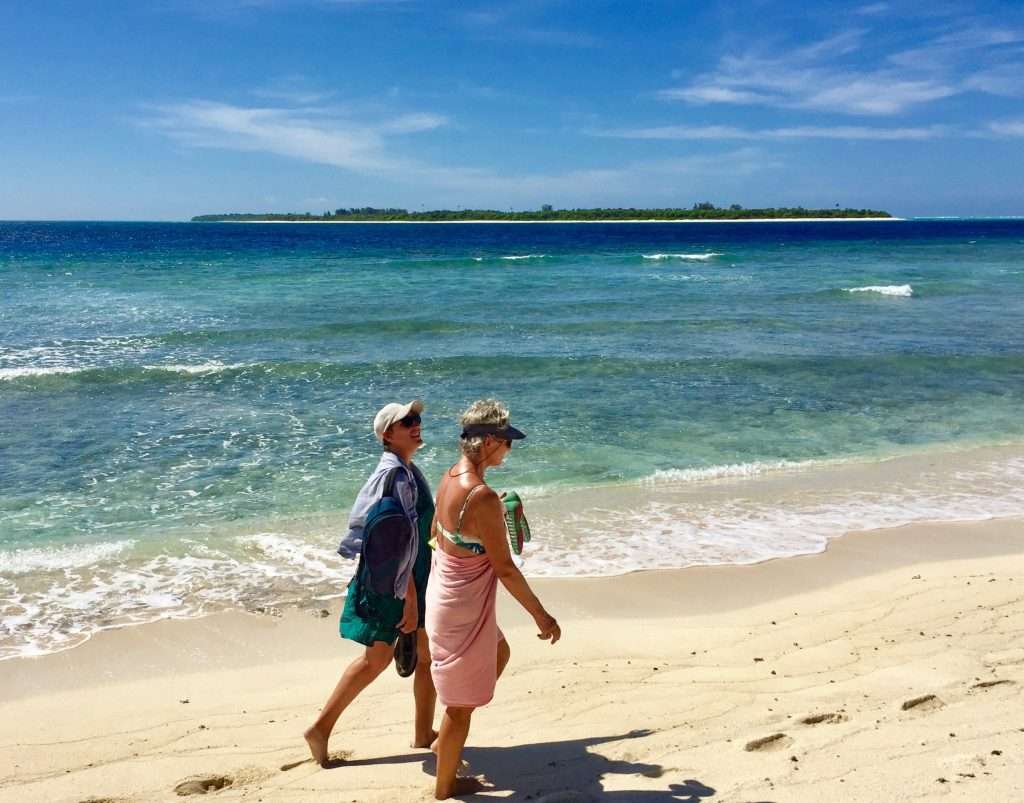
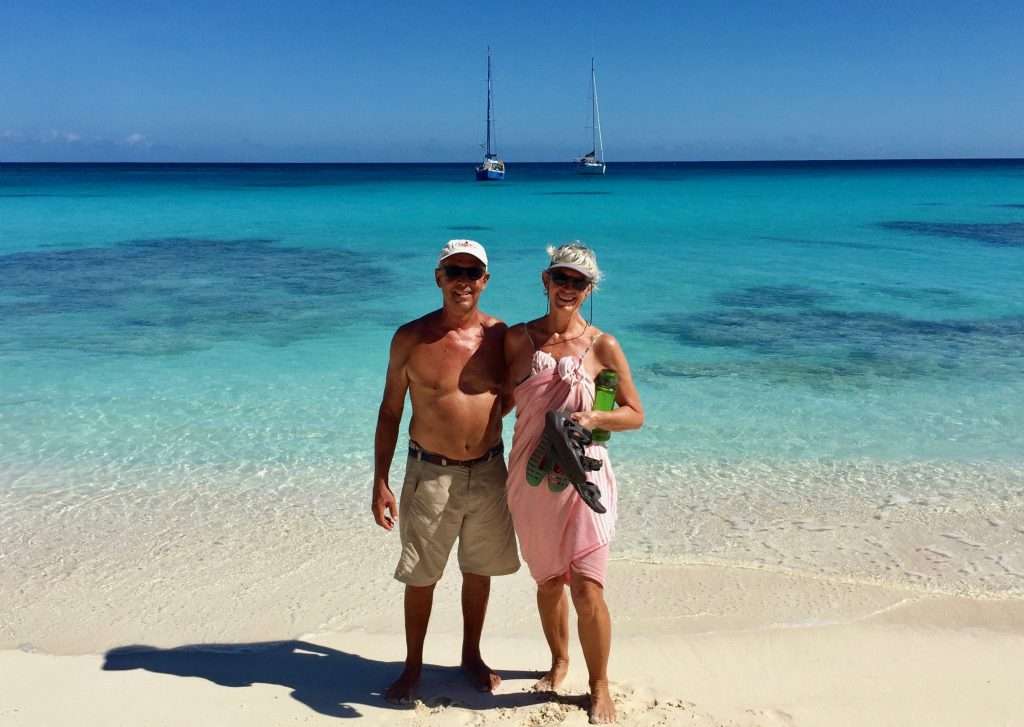
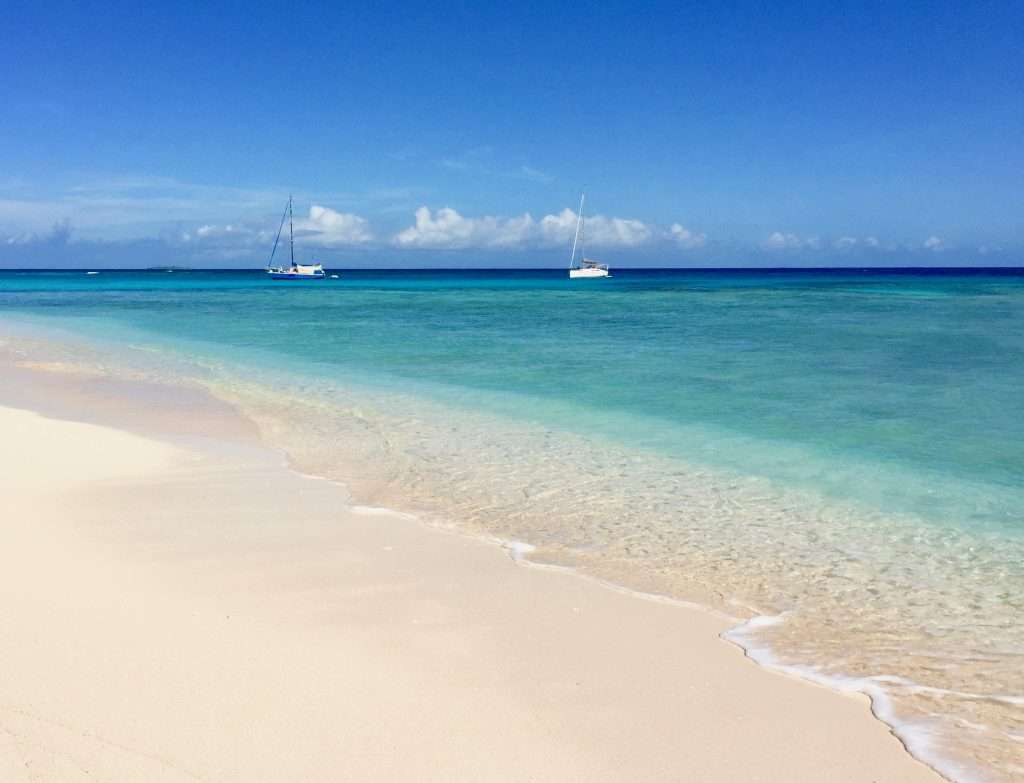
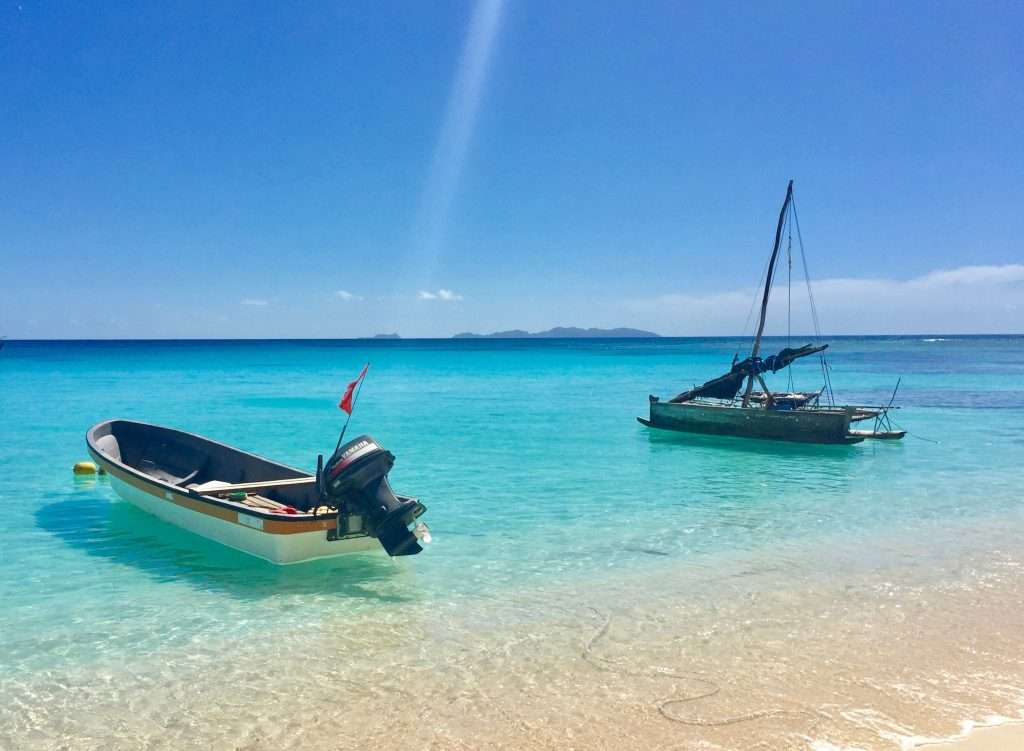
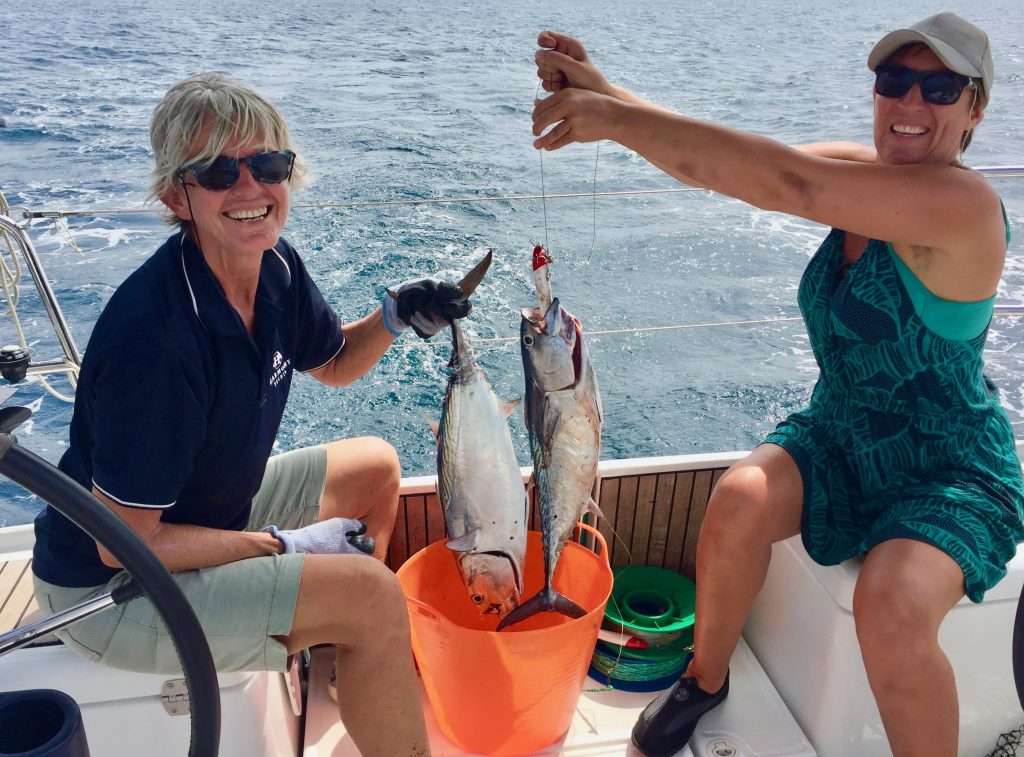
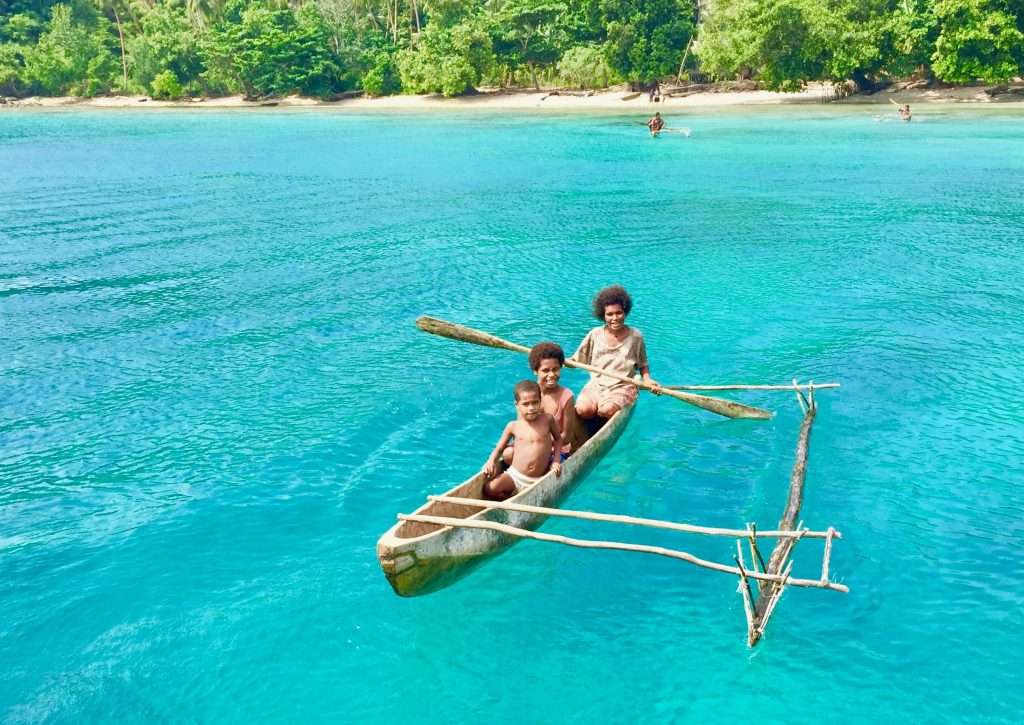
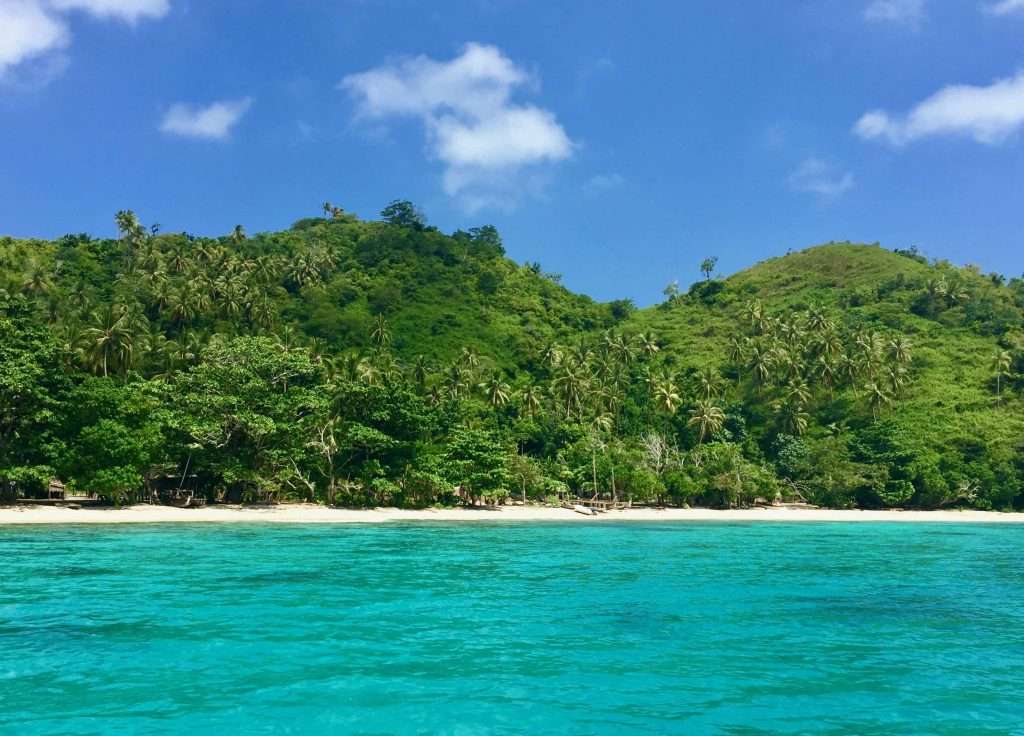
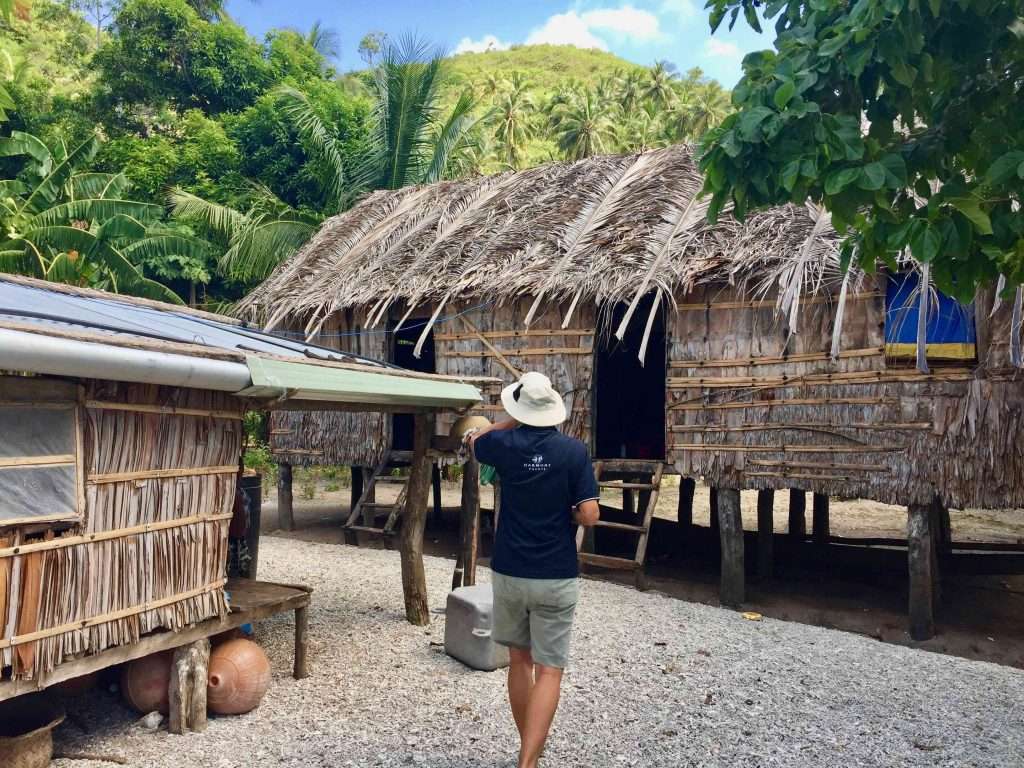
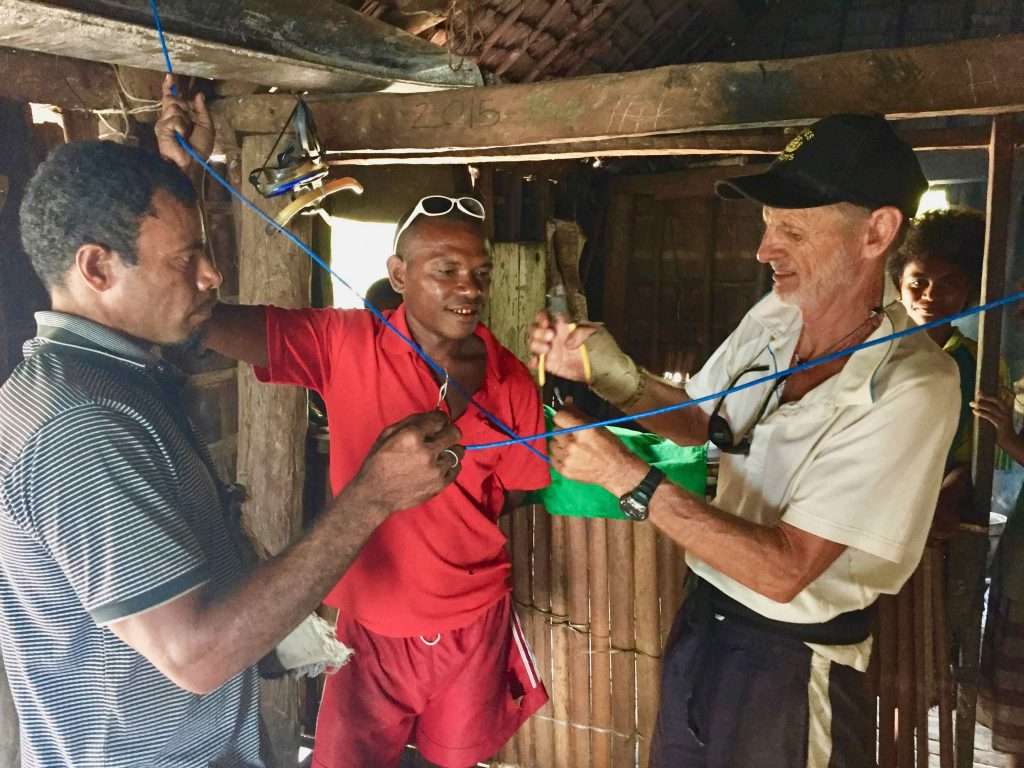
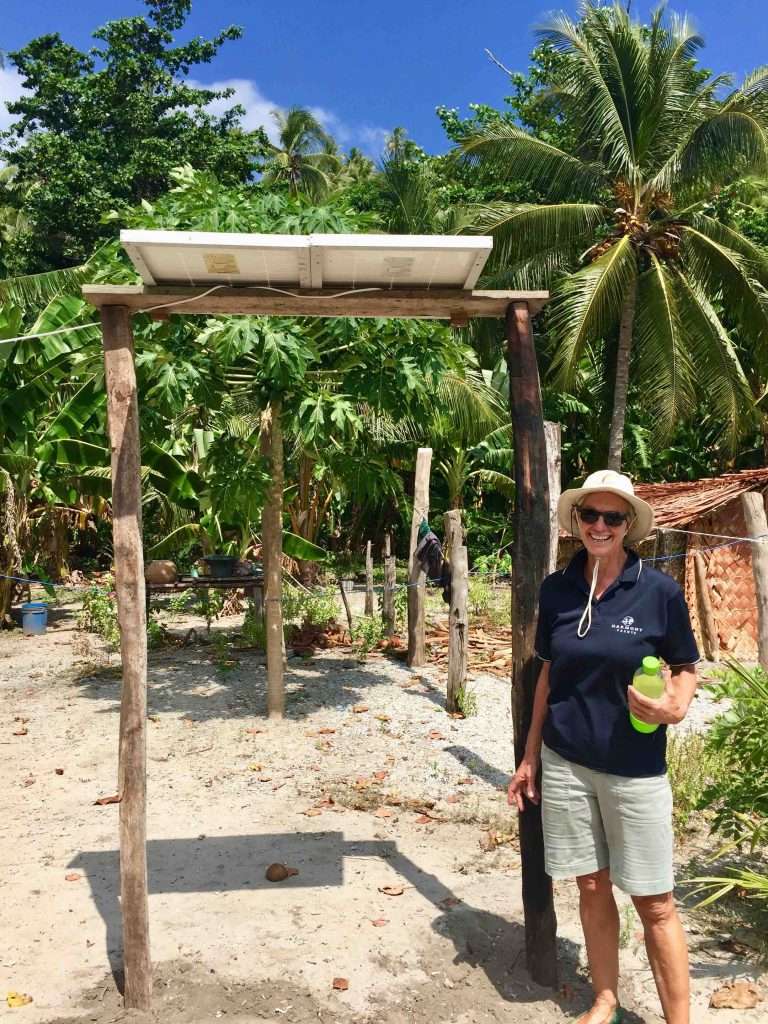
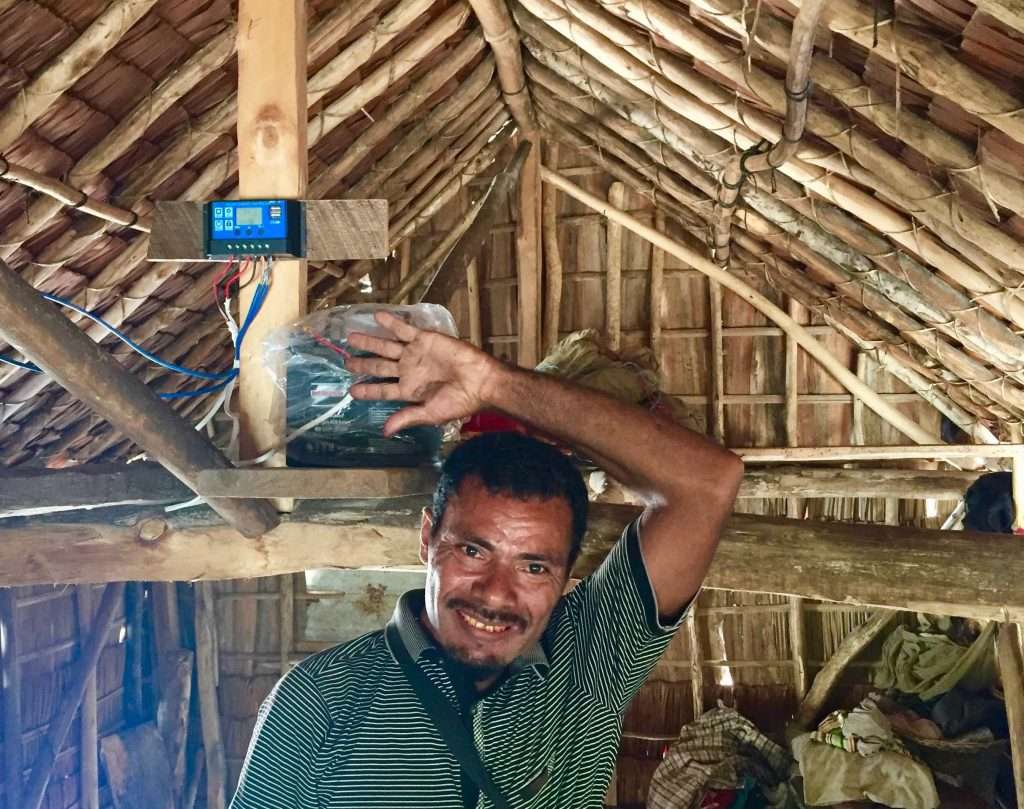
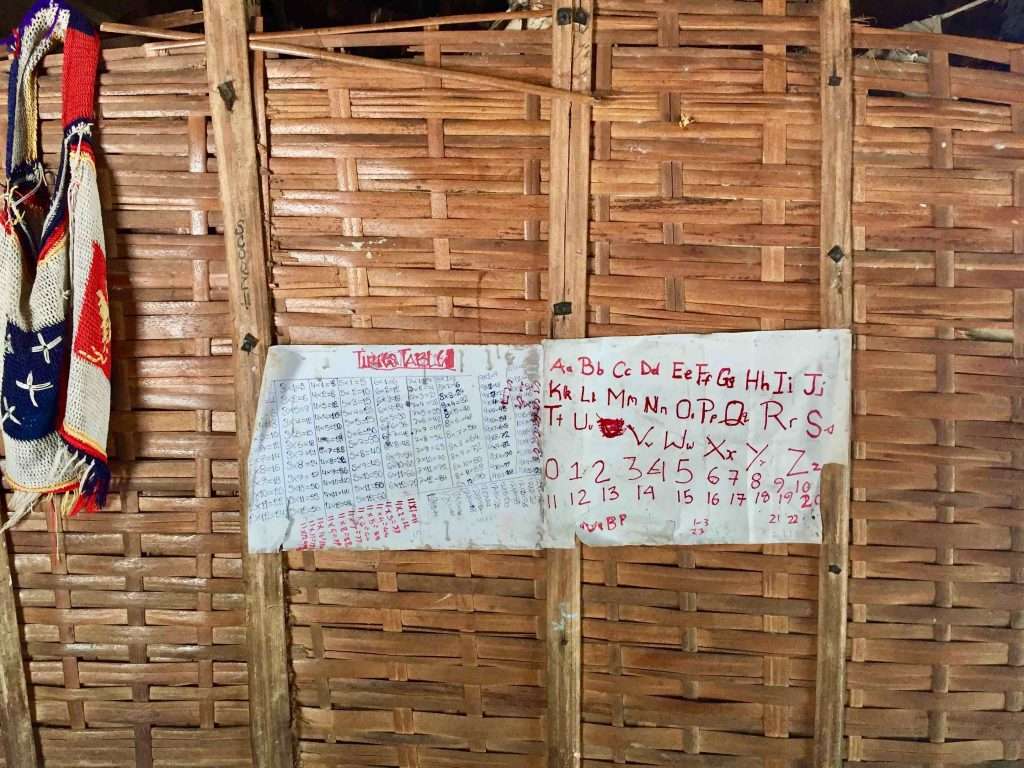
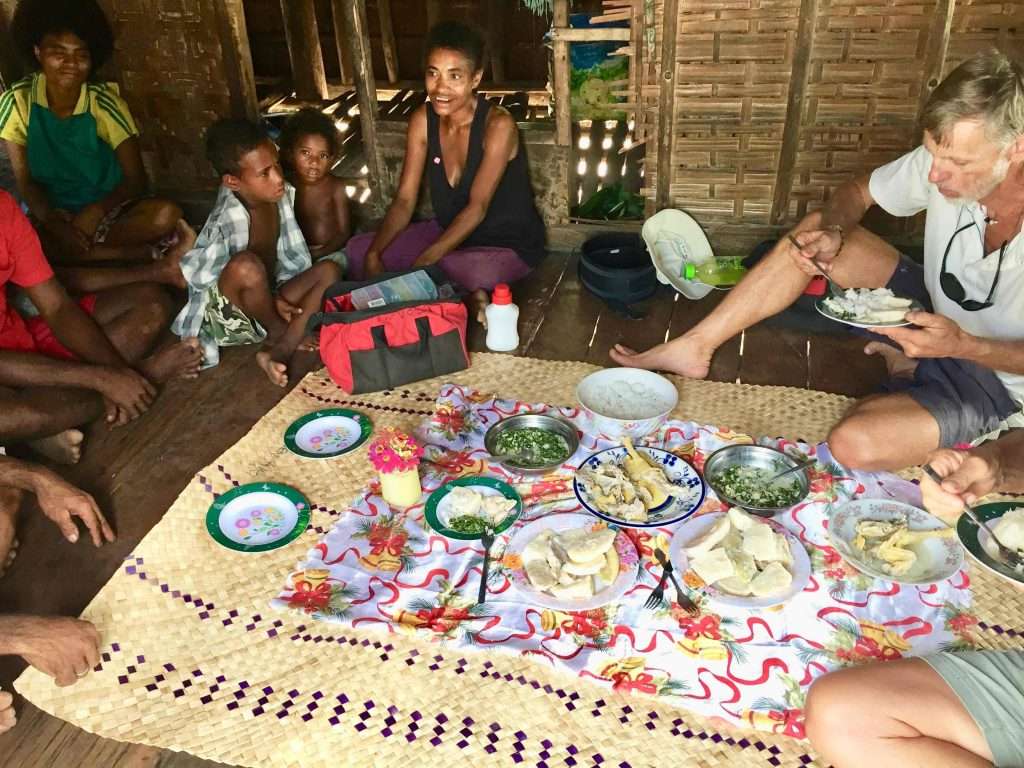
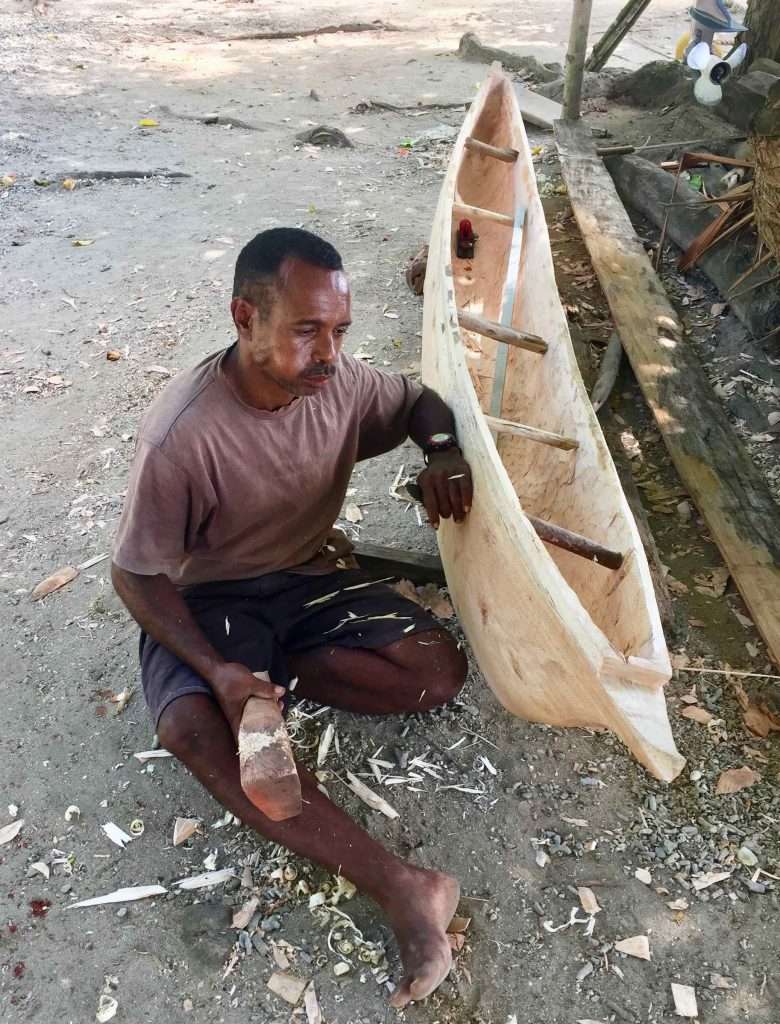
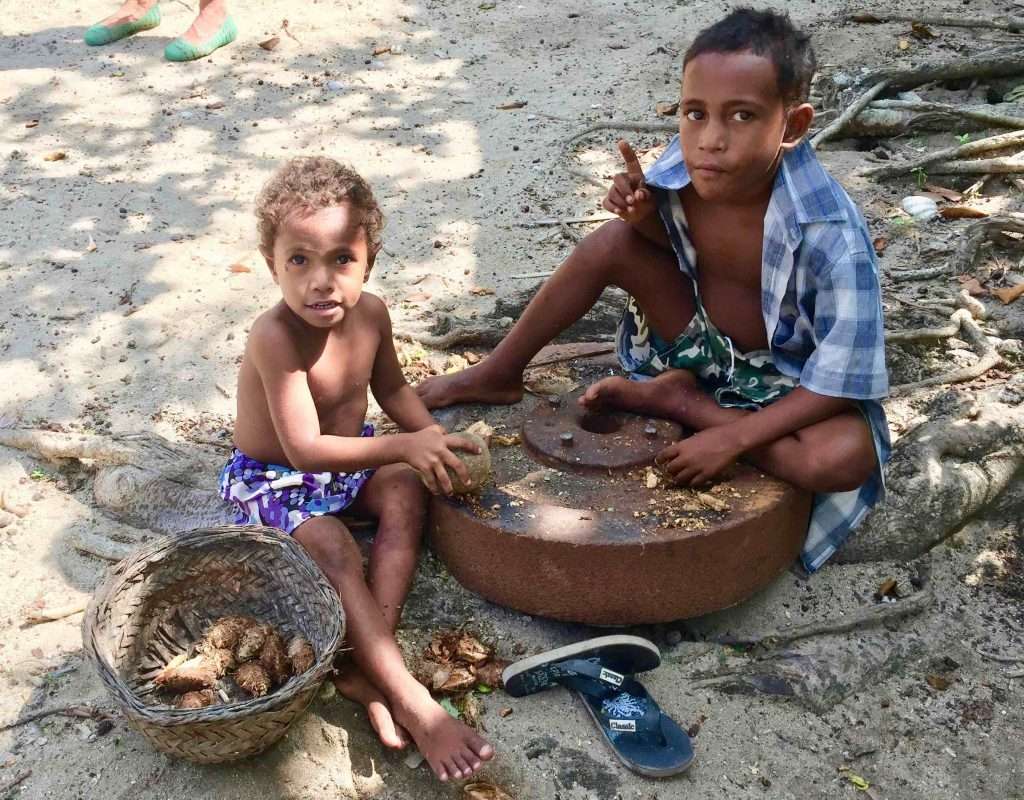
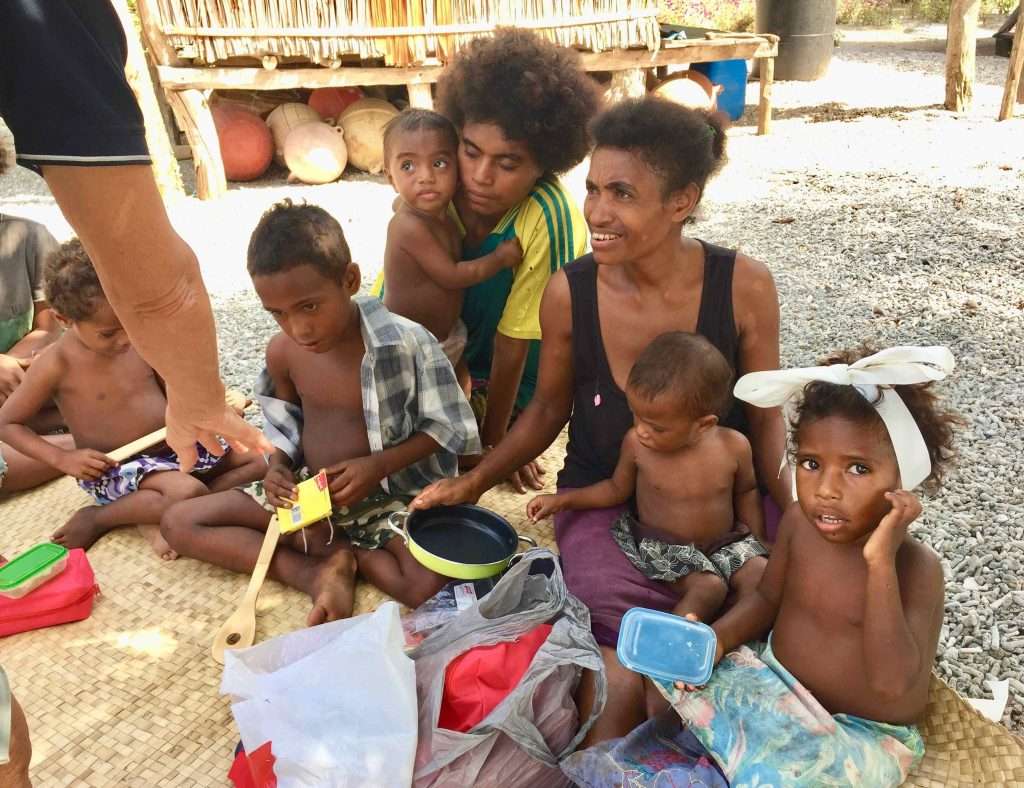
I my goodness what a trip. It looks unreal from this part of the world. (rain) I am very jealous!!
Good to know that you had a safe passage.
Looks fantastic and off the beaten track …..paradise in this busy world.
” Beam me in Scotty for a few days please ”
Frank the fisherman
Looks absolutely brilliant…. love to read your blog I have to say and see all the great pics… Safe travels.. Gideon and Francois